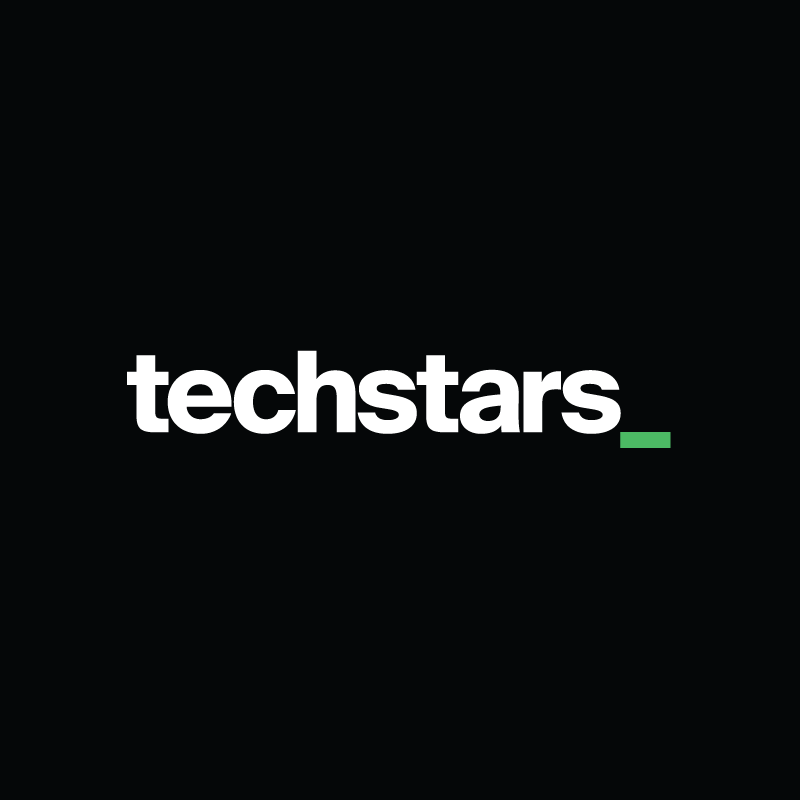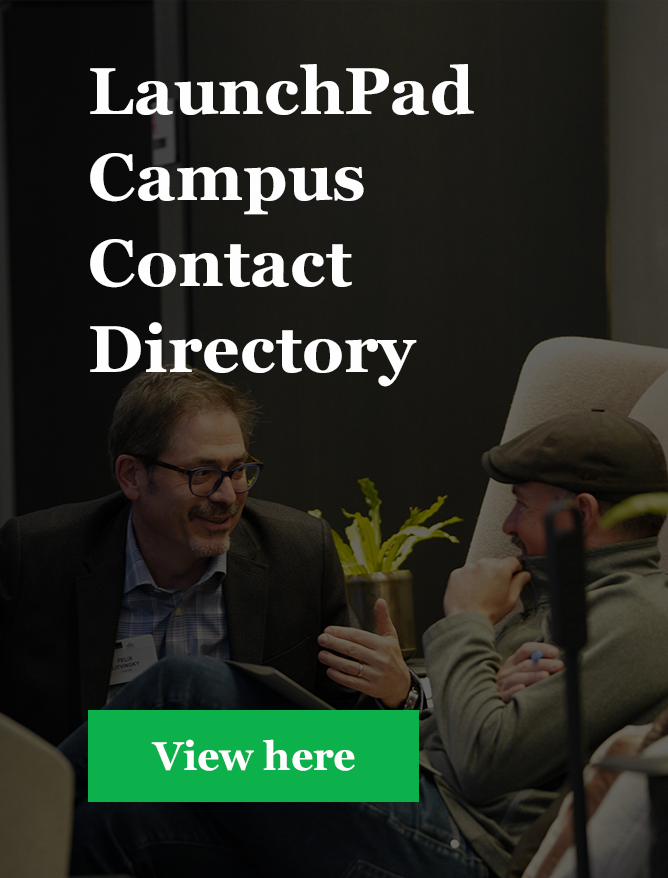Your student entrepreneurs seem to be busy. But are they doing the right things to move their startup to the next level? It’s easy to mistake motion for progress - and that may be particularly true for highly motivated young people anxious to report back to you how much they’ve accomplished! By utilizing the Make Progress with Goals module from the Techstars Entrepreneurs Toolkit you can help your students move faster from problem to solution and create real startup progress - not just activity.
The best startup goals have two components:
- Mission: What progress does your student founder want to make? What is the destination? In other words, what is the objective?
- Outcome: How will you know if they are making progress towards that objective? How is that measured? In other words, what is the key result?
This framework, traditionally referred to as “OKRs”, has become well known as a key to the success of companies like Google, Amazon, and Spotify. Originally developed by Andy Grove at Intel in 1975, this management strategy was adopted by John Doerr who eventually joined VC firm Kleiner Perkins. From there, it was implemented in 1999 at Google, a startup Kleiner Perkins had recently invested in.
Today, everyone at Google can see each other’s OKRs, and they are reset every three months to keep employees’ objectives in line with evolving company goals. (Your students may find it helpful to discuss - and update of their businesses on a more or less frequent basis, given other academic commitments.) Using this tool, Google has facilitated a collaborative and transparent culture, creating a sense of accountability across the organization.
Part 1: Effective Objectives (Module Video #3)
Good objectives are a balance. They are specific enough to create focus but ambiguous enough to enable autonomy and innovation. Specificity is needed where the student founder describes exactly what they want to achieve - not generally what they want to do. Ambiguity is needed because the student founder should be open to and encourage insights and ideas from the talented team forming around them. (This model also checks the common command and control-type of leadership that can become problematic for some overly dominant founders.)
It is important to recognize that student entrepreneurs may not know the steps or solutions necessary to achieve their desired objectives. Learning this is part of the entrepreneurial experience, and while uncomfortable, it should be encouraged. If your student founders have presented a To-Do list of objectives, challenge them to ask them “So what…?” What are they ultimately trying to accomplish by completing these activities? This helps founders think about their objectives as a long-term mission, not just an immediate checkoff list.
STUDENT ACTIVITY: After discussing the elements of an effective objective, challenge the students to view the first three videos and complete the first half of the worksheet associated with this module (up to the “Reflection” section). This work can be done on students’ own time and submitted to Campus Directors for your review.
Part 2: Effective Key Results (Module Video #4)
In this video recording, Techstars Managing Director Zach Nies explains some critical elements of effective key results:
- Key results are outcome-focused. Key results are not task-completion focused.
- Key results are specific and measurable (quantitative).
- Key results have a known starting value. Your students have to know where they are to know where they’re going.
- Key results should be a stretch. If your student reaches 0.7 of goal, that should be considered a success. (Read more on this in the Setting S.M.A.R.T and F.A.S.T. Metrics article.)
- Key results are an incremental step towards long term KPIs and help founders understand how to make progress on those.
- Key results represent the link between action and outcomes. Encourage students to begin by considering what steps are correlated to the key results they want, and then move towards understanding the causation relationship.
- Key results should be short in terms of the lag between action and outcome.
The worksheet for this module references S.M.A.R.T. goals and provides a framework for weekly OKR review. Campus Directors should use the “Last Week’s Results” review, analysis of “Reactions and Learnings”, and “Advice for this week” as frequently or seldom as is helpful with your students. The worksheet also introduces the Goal Setting Canvas, the foundation for the second student activity in this module, and provides a template for students to populate.
 STUDENT ACTIVITY:
STUDENT ACTIVITY:
At the beginning of a month, quarter, or semester, consider gathering several student teams together to discuss their goals and OKRs. (These students should also already been introduced to this model and utilized the worksheet down to the Goal Setting Canvas.) Campus Directors can present the fourth videos and then project the canvas on a large screen or whiteboard. Going around the room, ask one student from each team to introduce themselves, their team and business, and walk through their Goal Setting Canvas. They or you can populate it as they explain. Challenge the other team members, and other teams, to question each element of the canvas:
- Does the objective for the week (month, quarter, or semester) follow the seven elements of effective key results / goals described above?
- What is the expected (quantitative) outcome of each goal?
- If they’ve used this OKR over a previous time period, what was the actual result and gap, and do objectives need to be adjusted given that experience?
- Next, discuss the steps necessary to achieve this key result / goal in the designated timeframe, who will be accomplishing each, and what is the amount of time required to complete that task?
 Further Campus Director Reading: In “High Output Management,” former Chairman and CEO of Intel Andy Grove shares the need to attach key results to goals and how they used OKRs in the 1980’s to make progress.
Further Campus Director Reading: In “High Output Management,” former Chairman and CEO of Intel Andy Grove shares the need to attach key results to goals and how they used OKRs in the 1980’s to make progress.






